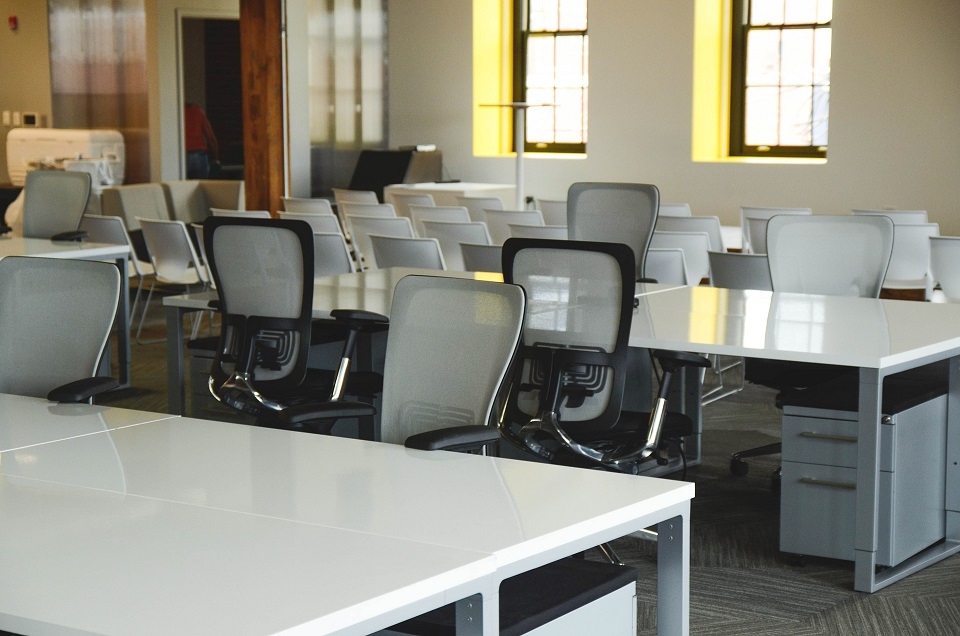Effective office ergonomics have been shown to increase productivity, staff retention, wellbeing and reduce sickness levels of staff. Effective office ergonomics are a combination of how the office space interacts with staff; here’s how to create effective office ergonomics.
What is effective office ergonomics?
Effective office ergonomics is the use of the office environment and office furniture to improve efficiency, comfort and safety.
Studies into effective office ergonomics
The Office for National Statistics (ONS) reports that the majority of sick days were caused by musculoskeletal problems such as back, neck and muscular pain, over any other cause. Improving the ergonomic design of your office working environment can help prevent such problems and reduce staff absence.
A yearlong study by the Institute of Ergonomics & Human Factors
looked at types of office layouts and how they impact on staff sickness levels. It found that large open-plan offices were the least beneficial for employee health with more women taking short-term leave within this type of office.
The study also found that men were more likely to take time off work when working in a flex-office. Flex-offices are described as large open-plan offices but with the addition of extra areas such as private telephone call areas, meeting rooms or rooms for concentrated working tasks.
The type of office layouts that created the least amount of time off work were single offices and combi-offices which were described as “situations where more than 20% of the work in the office is team based and not done at the personal workstation. In this layout, there is no strict spatial definition and personal workstations can be either individual rooms or open-plan, but the main focus is on rooms used for group activities for prolonged periods of time such as meeting and project rooms.”
6 Top Tips for effective office ergonomics for Office Workers
1. The top of your computer should be at eye-level to avoid eye-strain.
2. Keep your knees bent at 90 degrees, you may need to adjust the height of your chair.
3. While using a mouse try to keep your wrist straight.
4. Keep your elbows close to your body while typing, you may need to adjust your arm rests if you have them.
5. Take frequent breaks to avoid muscle strain from being in the same position too long.
6. Stretch frequently to release muscle tension.
If you found this article on how to create effective office ergonomics, read more of our useful guides for employers and managers.
Contact 2i Recruit


